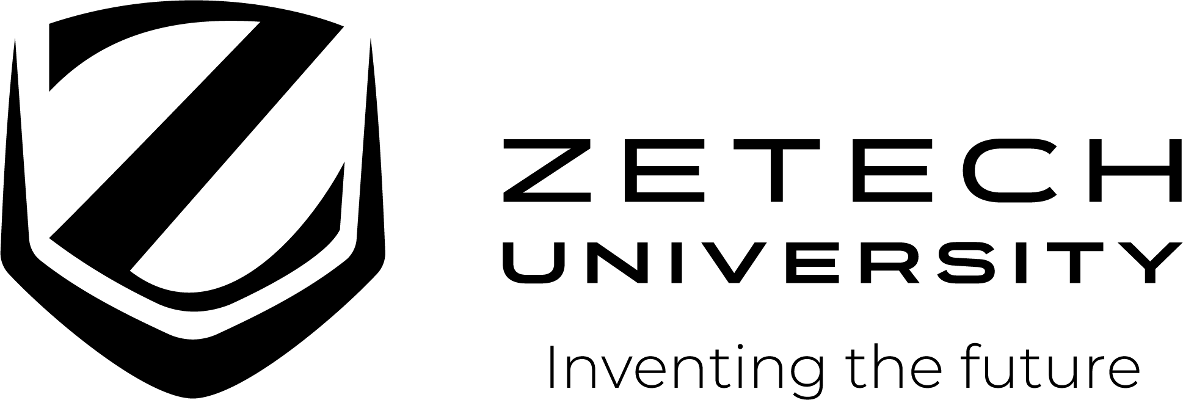The Essence of Taijiquan Push-Hands and Fighting Technique.
Material type: TextLanguage: English Original language: Chinese Publication details: London : Jessica Kingsley Publishers, 2014.Description: 1 online resource (346 pages)Content type:
TextLanguage: English Original language: Chinese Publication details: London : Jessica Kingsley Publishers, 2014.Description: 1 online resource (346 pages)Content type: - text
- computer
- online resource
- 0857011901
- 9780857011909
- 796.815
- GV504
Print version record.
The Essence of Taijiquan Push-hands and Fighting Technique; About the Author; Chapter 1: Introduction; A. How to Read the Book; B. Basis of Taijiquan Push-Hands; C.A Short Guide to Taijiquan Push-Hands; Chapter 2: Theory of Taijiquan Push-Hands and Fighting Technique; A. Yin and Yang, Wuji, and Taiji; B. Principles of Keeping Balance; C. Turn at a Touch with the Lower Back as Axis; D. The Three Lines of Defense and the Three Segments; E. Occupy the Front Gate or Snatch the Side Gate; F. How to Tackle the Problems of Diu, Pian, and Ding/Kang.
1. How to tackle the problem of "disconnecting" (diu)2. How to tackle the problem of "tilting" (pian); 3. How to tackle the problems of "directing force against force/resisting" (ding/kang); G. How to Correct the Mistake of "Double-Heaviness"; Chapter 3: Main Points of Taijiquan Push-Hands and Fighting Technique; A. Body Techniques; 1. Stand with the body centered and upright, without tilting; 2. Upper and lower body follow each other; the internal and the external combine into one; 3. Transformation between substantial and insubstantial, and turning from the waist.
4. Three sections, four tips, five bows, and six harmoniesB. Hand Techniques; 1. Palm; 2. Fist; 3. Hook; C. Footwork Techniques; 1. The main footwork patterns in Taiji push-hands and fighting; 2. Points for attention; D. Eye Techniques; Chapter 4: Silk-Reeling Exercises for All Parts of the Body; A. Head; 1. Turning the head; 2. Circling the neck; B. Upper Limbs; 1. Circling the shoulders; 2. Opening and closing silk-reeling of the elbows; 3. Circling the hands; 4. Spiral silk-reeling to the left and right with the arms; C. Torso; 1. Rotating the chest; 2. Abdomen; 3. Rotating the spine.
4. Rotating the waist5. Circling the buttocks; D. Lower Limbs; 1. Circling the hips; 2. Silk-reeling with the knees; 3. Rotating the feet; 4. Legs; Chapter 5: Exercises of Taiji Neigong; A. Preparatory Exercises; 1. Wuji commencing posture; 2. Descending qi to wash the internal organs; B. Gathering Qi; 1. Gathering qi from nature; 2. Gathering yang qi from heaven; 3. Gathering yin qi from the earth; C. Standing Post (Zhan Zhuang) Exercises; 1. Lower dantian standing post; 2. Middle dantian standing post; 3. Upper dantian standing post; D. Regulating and Balancing Yin and Yang.
1. Inflating two poles with qi2. Coordinating the water and the fire; 3. Duckweed floating in the water; E. Great Power Exercises; 1. Opening and closing; 2. Dragon playing in the water; 3. Spiral punch; F. Closing Exercises; 1. Closing movements for each exercise; 2. Five kinds of qi return to the origin; Chapter 6: The Thirteen Postures of Taijiquan; A. Exercises of the Eight Techniques of Taijiquan; 1. Warding-off energy; 2. Rolling-back energy; 3. Pressing energy; 4. Pushing energy; 5. Plucking energy; 6. Splitting energy; 7. Elbow energy; 8. Leaning energy.
B. Combined Exercises of the Thirteen Postures of Taiji.
Available at last in English, this comprehensive training manual teaches the theory and insider practical methods behind Taijiquan push-hands and fighting technique from the Chen style. It includes the techniques of point striking, traditionally taught only to those on the inside, and over 400 photographs illustrate the methods throughout.
Added to collection customer.56279.3
There are no comments on this title.

